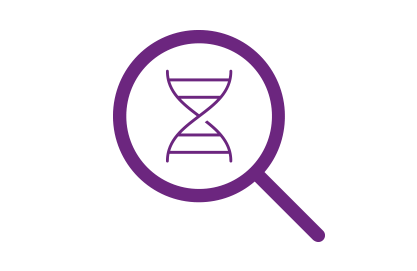The DHDSP is encouraging people to keep their blood pressure within a healthy range through prudent lifestyle choices, like eating a diet rich in potassium and fiber, limiting salt and saturated fat intake, maintaining a healthy weight, engaging in regular physical activity, avoiding smoking, limiting alcohol consumption, and getting sufficient sleep nightly. Since high blood pressure typically has no symptoms — and is often referred to as a silent killer — the DHDSP also advises people to measure blood pressure regularly at home or during periodic physician's visits.
A blood pressure reading comprises two numbers that indicate the amount of pressure a person's blood exerts against the artery walls. Systolic blood pressure (the first number in the reading) measures the pressure that occurs when the heart is beating, while diastolic blood pressure (the second number) measures that pressure between heart beats.
Although it's prudent to keep both numbers in a healthy range, an increase in systolic pressure is viewed as an especially significant risk factor for cardiovascular disease in people over the age of 504. Systolic pressure tends to increase with age as large arteries grow stiffer and more arterial plaque builds up. The higher incidence of cardiac and vascular disease in older populations also makes high systolic pressure a greater risk for those over 50.
 Key Takeaways
Key Takeaways















.jpg)

.jpg)
.jpg)
.jpg)
.jpg)





.jpg)


.jpg)
.jpg)




.jpg)




.jpg)

.jpg)






